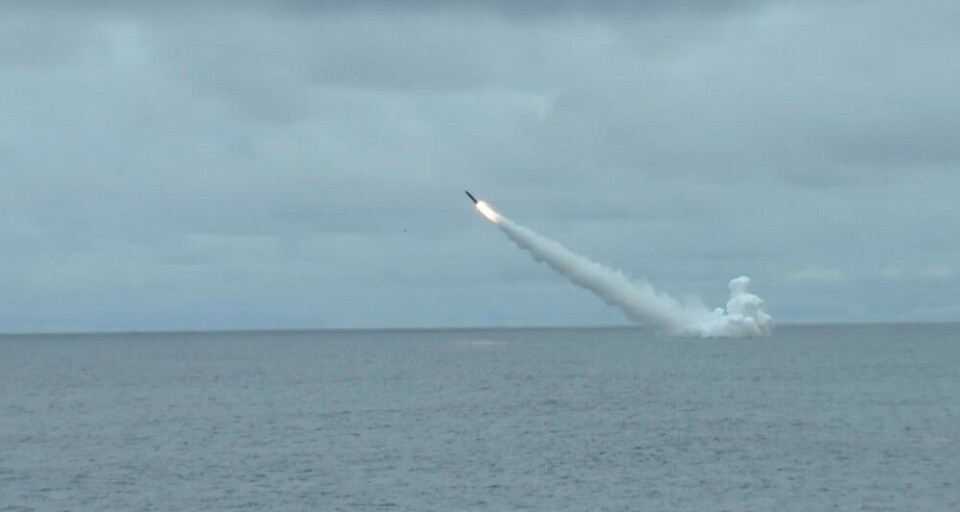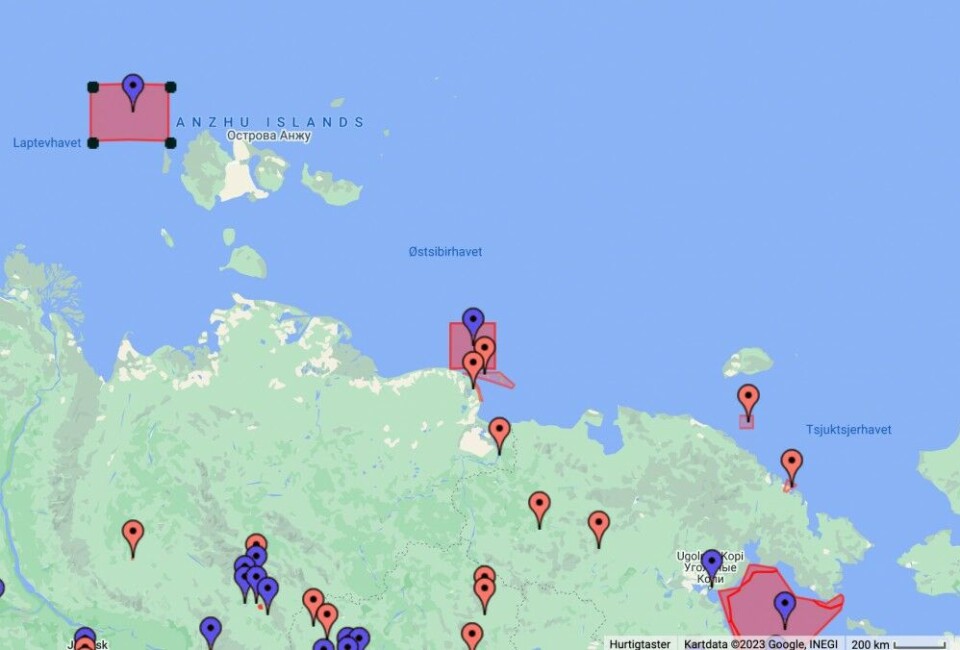
American coast guard vessel is sailing into Russian Arctic waters. Almost at same time, Moscow launches naval exercise in the area
Only few days after U.S icebreaking coast guard ship Healy sailed through the Bering Strait and into the Chukchi Sea as part of a 7-week westbound voyage along the Russian Arctic coast, the Russian Navy started drills in the area on "protection of the Northern Sea."
The Healy on the 26th of August set out from the port of Kodiak in Alaska with course towards icy Arctic waters. The 128 meter long icebreaking coast guard vessel is on a historical mission that ultimately will bring it to the north Norwegian port of Tromsø.
It is a rare case that an American military vessel embarks on a voyage north of the Russian Arctic coast. It is a several thousand kilometre long sailing, and the Healy is due to arrive in Tromsø in early November.
The ship is the largest and most technologically advanced American icebreaker, as well as the US Coast Guard’s largest ship. The Coast Guard is responsible for maritime law enforcement. It is part of the U.S Armed Forces.
The purpose of the voyage is Arctic research, the Coast Guard informs. On board is a team of researchers from the National Science Foundation and the International Arctic Research Center. During the expedition, they will recover, service, and deploy nine long-term subsurface mooring arrays, stretching from the Eurasian Basin to the East Siberian Sea. It is part of the Nansen and Amundsen Basins Observational System (NABOS).
“The Siberian Arctic, one of the regions of the Arctic where changes in sea ice and ocean are currently most noticeable, will be the area of this high-latitude mission onboard the Healy,” said Igor Polyakov, NABOS project lead. “However, this region is also one of the least observed, making this cruise crucial if we want to create a trustworthy observing and forecasting system,” he added.
But despite the assurances from the U.S side about the research character of the voyage, the Healy will be kept a close eye on by the Russians.
Moscow sees the waters north of its Siberian coasts as an area of major national interest and billions are invested in the construction of nuclear icebreakers and the development of the Northern Sea Route.
The sailing in the area of a U.S military vessel, even a coast guard ship on a research mission, is likely to be seen as a provocation.

Only few days after the Healy sailed into the Chukchi Sea, the Russian Pacific Fleet launched a major exercise in the area. According to the Navy, the drills named Finval-2023 includes several surface vessels, as well as submarines, support ships, aircraft and helicopters.
Also coastal missile batteries of the type Bal and Bastion are applied.
The exercise is headed by Admiral Nikolai Yevmenov, Chief Commander of the Russian Navy, and its purpose is protection of communications on the Northern Sea Route, the Navy informs.

The drills are reported to take place in the Chukchi Sea and the Bering Sea, as well as on the Chukchi Peninsula.
Maps showing notice to Airmen in the region in September indicate that there will be shootings in a minor area in the Chukchi Sea, as well as two areas in the East Siberian Sea.
The Russian Navy has not issued any information linking the exercise with the sailing of the U.S vessel in the area.

















